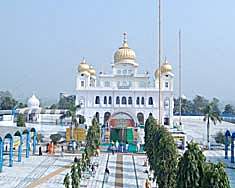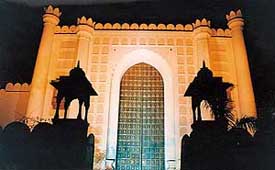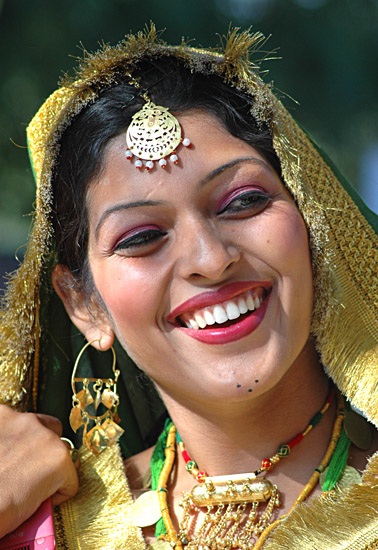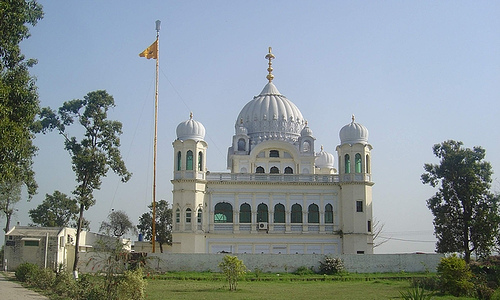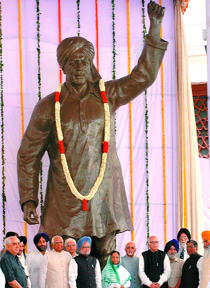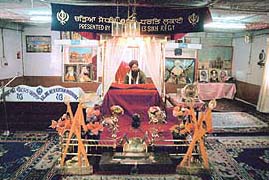Gurudwara Angitha Sahib in Sahaspur near Dehradun in Uttarakhand holds a unique significance for the Sikh community. For, at this gurudwara, the personification of Shri Guru Granth Sahib is performed in an ultimate manner. At Angitha Sahib, the old copies of Guru Granth Sahib from all over the world are put to flames as part of funeral rites. The whole procedure is a way of bidding farewell to the scriputre with utmost reverence. This is the only Gurudwara, which performs this ritual. The belief is that just like humans age even the scriptures also become old over a long period of time due to constant handling like flipping of pages. Hence, the revered scripture deserves respect even at the time of their farewell.
Thus, such copies of Guru Granth Sahib are sent to Gurudwara Angitha Sahib where these are cremated with due respect.
The caretaker of Angitha Sahib does this cremation ritual as a sort of charity work. The entire procedure is performed in due privacy. "Scriptures from all across the world like England, America, Canada and Pakistan have come to Angitha Sahib in Sahaspur for getting cremated. With full respect, these holy epics are first given bath, and then they are wrapped in new clothes. Then these scriptures are treated like living beings. This service is done in privacy," said Harsharan Singh, Mukhya Sewadaar (chief helper), Angitha Sahib Gurudwara.
When old and worn out scripture reach Angitha Sahib in Sahaspur, first of all they are given bath after which every page is cleansed and later these scriptures are wrapped in white cloth and then the funeral takes place. The cremation lasts over six days and on the seventh day, the ashes are collected.
Caretakers and helpers (called Sewadars) carry these scriptures on their heads according them full respect before placing them on the pyre.
"From the last 20 years all the worn out scriptures are coming to our Gurudwara and we perform the last funeral rites of these scriptures. All this work is done without any vested interest and in a confidential way. And apart from Guru Granth Sahib we also cremate Holy Bible, Bhagwad Gita, Ramayana and Quran," added Harsharan Singh, the chief Sewadaar at Angitha Sahib Gurudwara.
There are 28 hearths at Angitha Sahib Gurudwara. With 2.5-quintals of wood are used for the funeral and 13 scriptures are kept on the hearth at one time.
This year about 2,000 scriptures have come from all over the world to Gurudwara Angitha Sahib for cremation, of which around 470 worn out scriptures were flown in from the Great Britain by a chartered flight.




